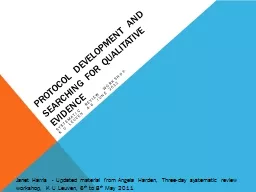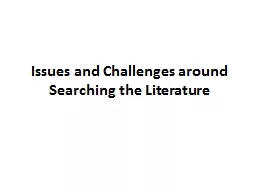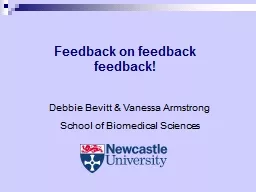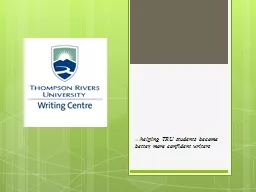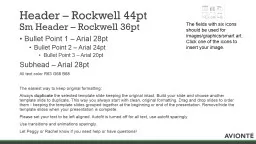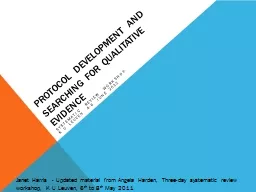PPT-SEARCHING FOR BETTER FEEDBACK
Author : karlyn-bohler | Published Date : 2018-09-24
Jemma Sherwood jemmaths MARKING FEEDBACK Marking Feedback THE BEHEMOTH IN THE ROOM Marking is king THE BEHEMOTH IN THE ROOM When I was at school When I started
Presentation Embed Code
Download Presentation
Download Presentation The PPT/PDF document "SEARCHING FOR BETTER FEEDBACK" is the property of its rightful owner. Permission is granted to download and print the materials on this website for personal, non-commercial use only, and to display it on your personal computer provided you do not modify the materials and that you retain all copyright notices contained in the materials. By downloading content from our website, you accept the terms of this agreement.
SEARCHING FOR BETTER FEEDBACK: Transcript
Download Rules Of Document
"SEARCHING FOR BETTER FEEDBACK"The content belongs to its owner. You may download and print it for personal use, without modification, and keep all copyright notices. By downloading, you agree to these terms.
Related Documents



